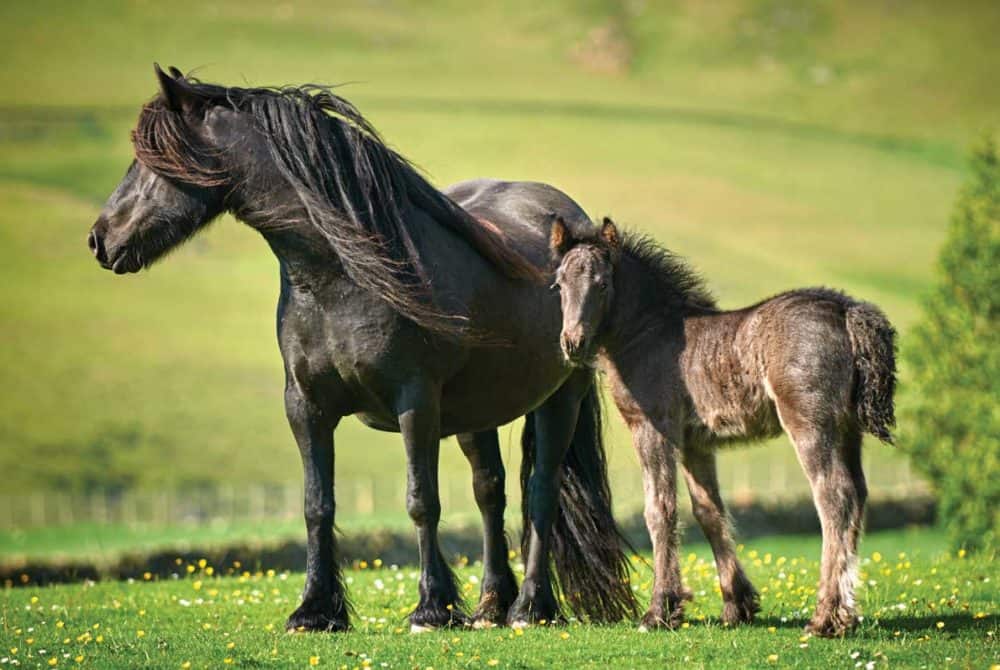Inherited diseases in horses
Posted 1st March 2019
Could your horse be genetically susceptible to developing a disease, or at risk of passing it on to future generations? Vet Victoria South, from Liphook Equine Hospital, takes a look at the most common inherited diseases

For many decades, vets and horse owners have observed that certain breeds of horse are prone to developing particular illnesses. Known as inherited or hereditary diseases, these are often passed from one or both parents and are basically the result of mistakes in a horse’s DNA.
Some of these diseases can be devastating, causing foals to be born with life-threatening problems or adult horses to develop conditions that can cause long-term suffering, so vets and researchers are working hard to detect the faulty genes that contain the DNA mistake, and prevent horses being born with these problems.
Genetics 101
There’s no getting away from the fact that genetics is a complicated topic, but understanding a few of the basic terms will help you get to grips with it…
- DNA (deoxyribonucleic acid) is strands of genetic material. It contains the genetic code for all your horse’s characteristics, and each individual’s DNA is unique
- genes are sections of DNA that code for particular characteristics – for example, a gene for coat colour will contain the DNA that determines what that colour is. Parents have two copies of every gene and pass (at random) one copy to their offspring
- chromosomes are made up of genes, and horses have 32 pairs of chromosomes. One of these pairs determines your horse’s sex, while the other 31 carry all of his other genetic information
Common hereditary disease
Severe combined immunodeficiency disease (SCID)
This disease results in the death of a significant number of Arab horses. It causes a lack of certain types of white blood cell, which means that an affected foal’s immune system can’t effectively defend him against infection. It’s a recessive trait, so two copies of the defective gene need to be passed on to the foal for the disease to develop.
SCID foals are usually normal at birth, then develop signs of infection in the first few weeks or months, depending on the cleanliness of the environment and the amount of antibodies they received from their mother’s first milk soon after birth. They respond to antibiotics initially, but eventually die, or are put to sleep, due to recurring infections. The disease can be confirmed by genetic testing.
All Arab mares and stallions intended for breeding should be tested to make sure they’re free from the SCID gene defect, which involves a simple, inexpensive test using blood or hair samples. A recent study showed that the number of SCID foals born dropped significantly when breeders routinely used genetic testing before breeding.
For more information on common hereditary diseases in horses, pick up a copy of April Horse&Rider, on sale 7 March.










